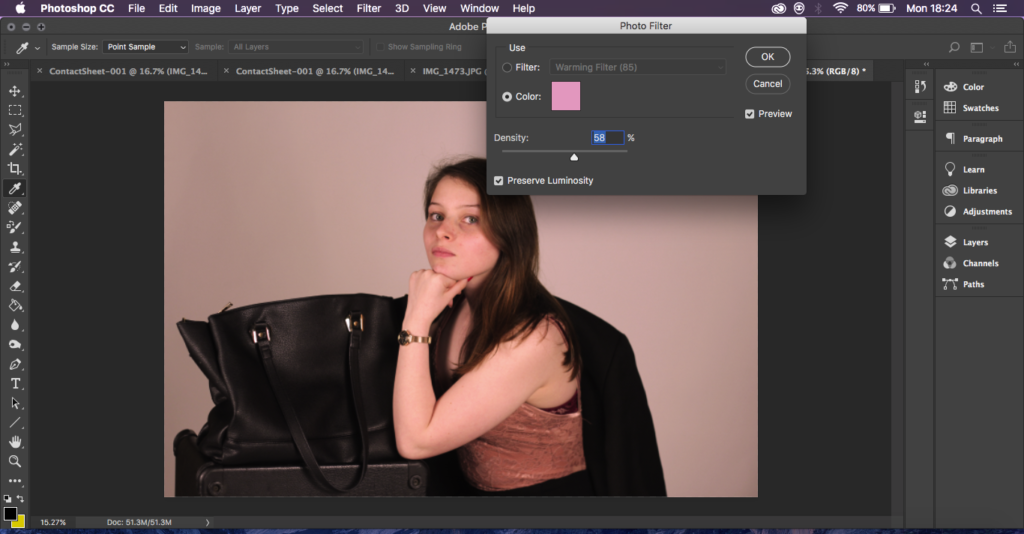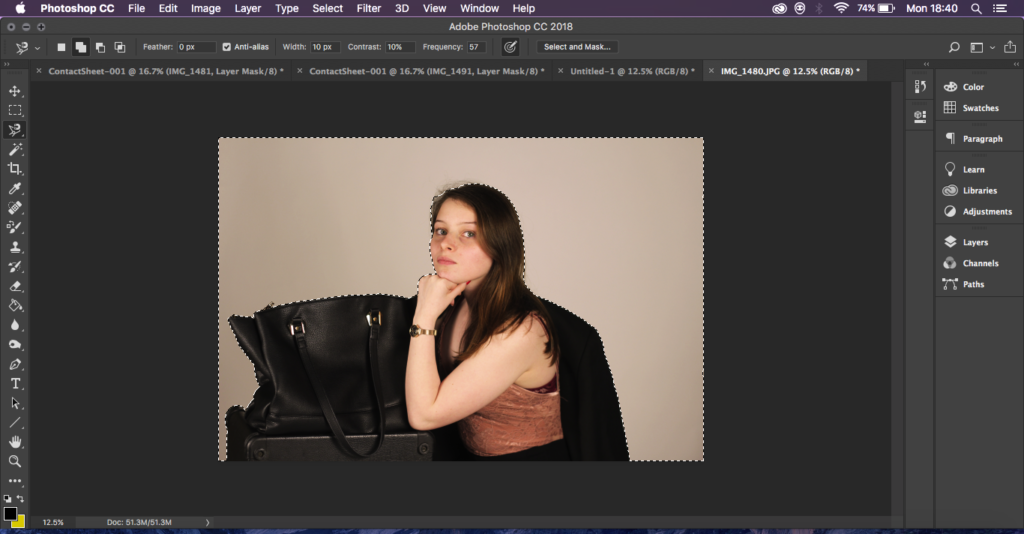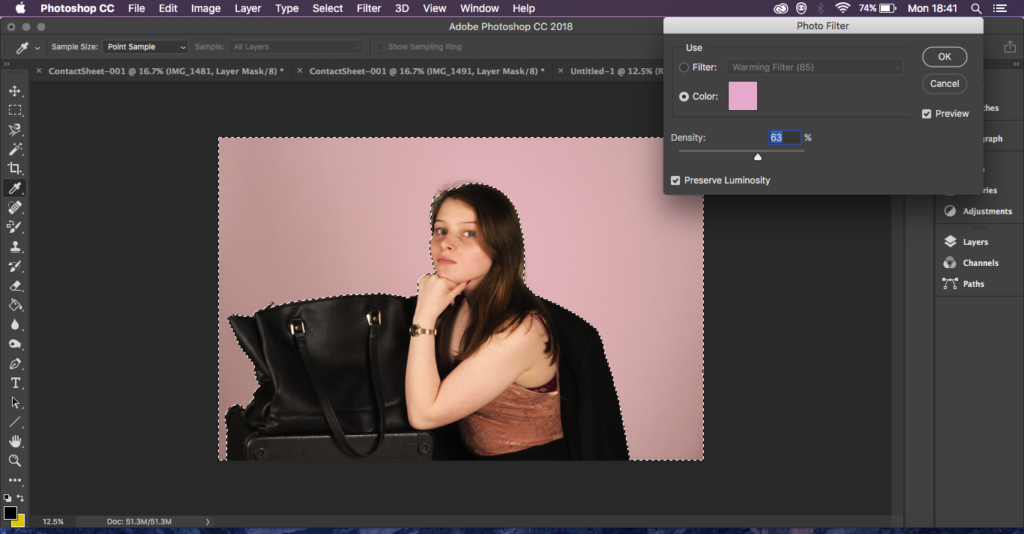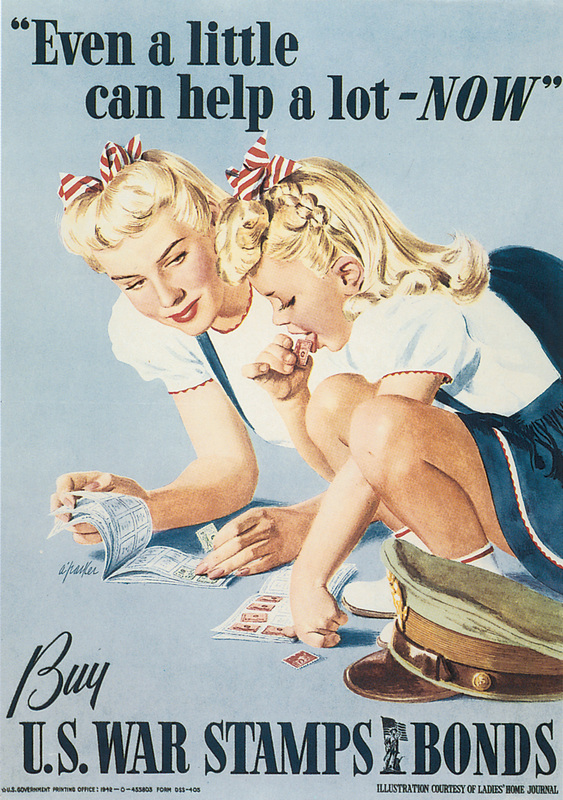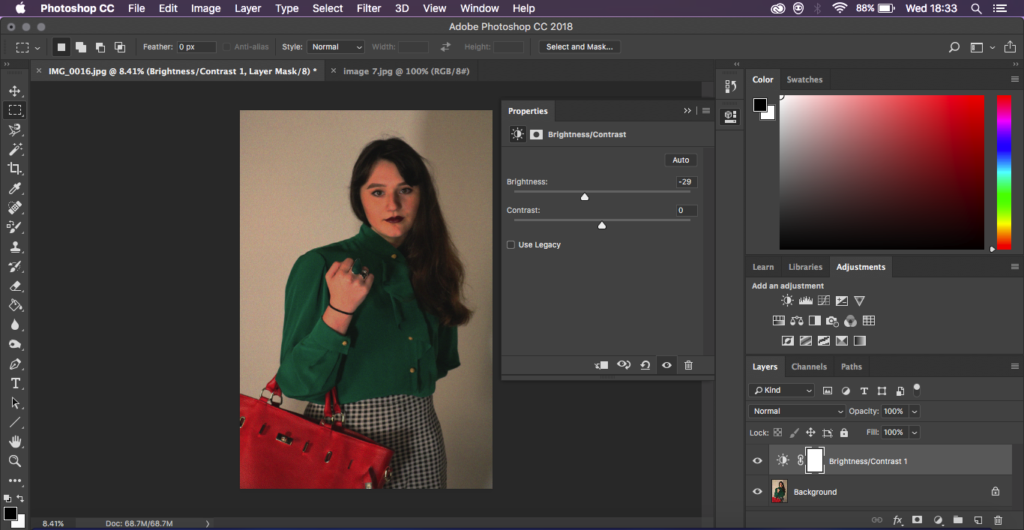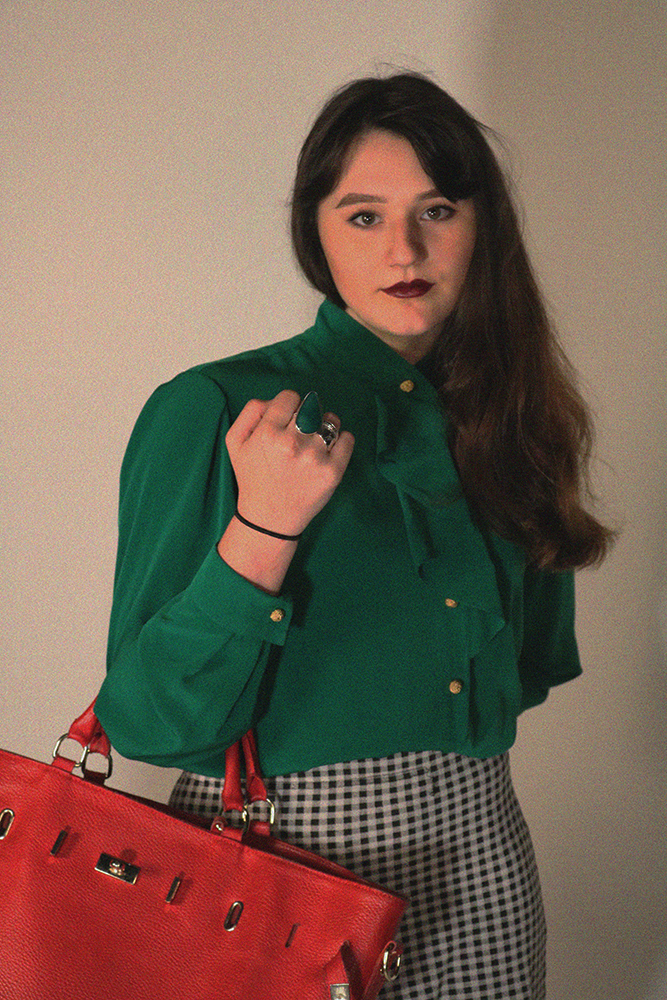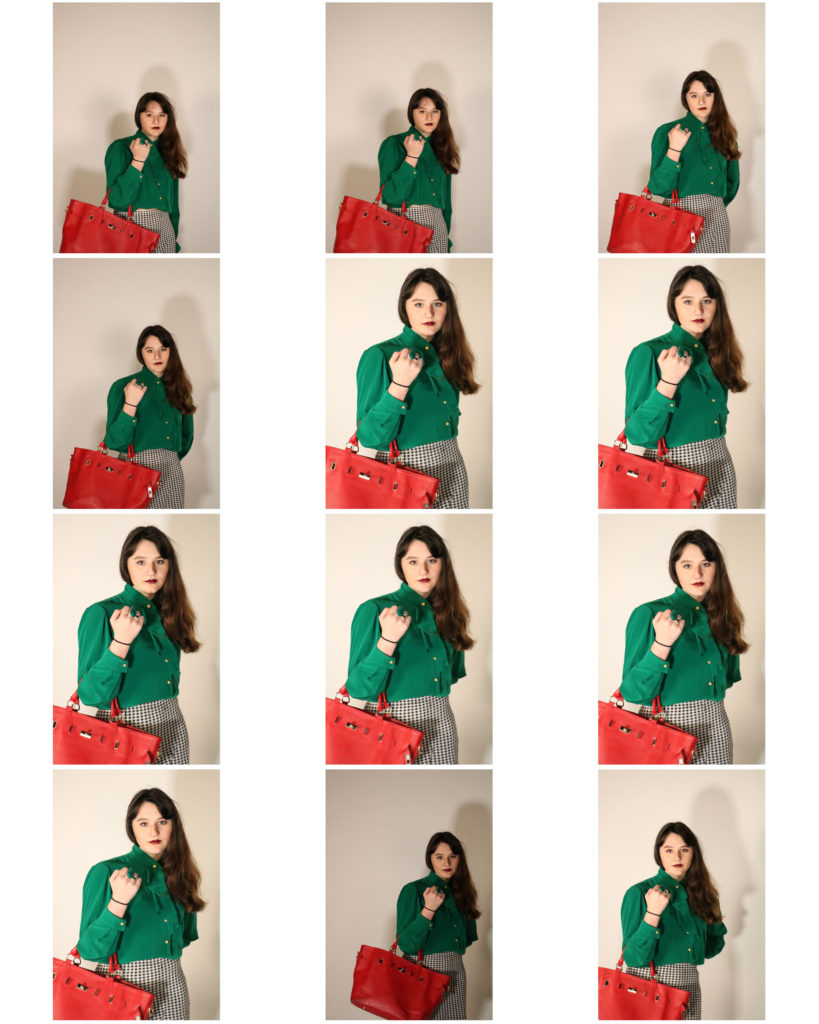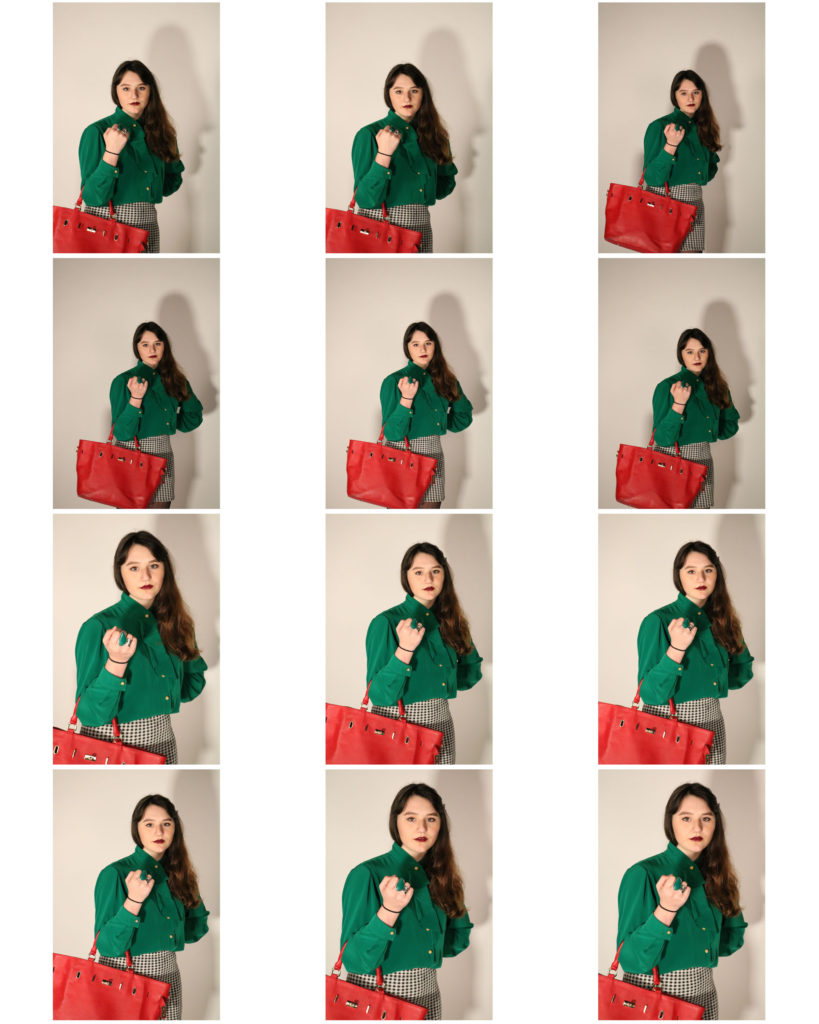This being my second recreation from the 1990’s I aim to show a different take on the modernizing fashion compared to what I previously looked at.
Background:
For the most of the decade 1990’s fashion was defined by a return of minimalist fashion. While it was not quite as loud as the eighties, the nineties took that attitude and tried to be a little smarter and classier. Common items of clothing brought in were crop tips, silk shirts and denim everything. In the early 90’s several late 80’s trends remained very prominent among both sexes, however the popularity of grunge and alternative rock music helped bring simple, unkempt grunge look into the mainstream. The anti-conformist approach to fashion led the popularization of the casual chic look, that included t-shirts, jeans, hoodies and sneakers, a trend which continued into the 2000’s.
Plan:
For this photoshoot I will have my model pose in the same position as that of the photograph. My model will be wearing loose fitting jeans and a white tucked in t-shirt. For the lighting I will have it placed coming from one side of her rather than both sides like I have with my other photographs.
Sixth Recreation:

Gap Jeans Campaign | 90’s
Above shows the original advert I am going to be recreating, I feel this is a good advert to recreate as it is simple but I also feel effective in showing a change in fashion and adverts and women. I will be taking the photograph in the studio and use lighting and editing to recreate the photograph.

Contact Sheet of Outcomes
Above shows the contact sheet of my outcomes from the photoshoot. Overall I feel it has been successful and has worked well. I had my model face the other direction compared to the original as it was more efficient for the lights but also just to have my own variation. Some of the photographs were unsuccessful and were blurry due to shaking or just being out of focus on the camera however I did produce some successful outcomes.
Unedited Best Outcomes:
These I feel are my best outcomes from the photoshoot. I feel that they work best as they are my most clear images but I also think I got the best angles on some of these responses. I also feel that the shadow is working kind of well in the first photograph, I feel it is a little bit strong and harsh in the second and this will be due to my position in front of the subject as well as the lights. I like the last image as it doesn’t have any shadows around it and I feel it is working well.

Best Outcome 1 
Best Outcome 2 
Best Outcome 3






